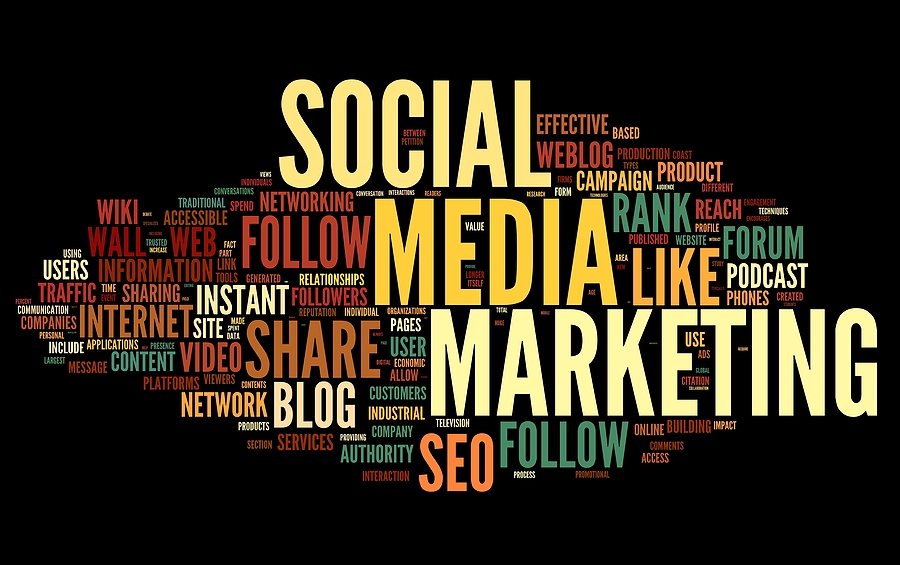When marketing a small business or selling a product targeted at a local group, digital marketing can generate a few leads. But you can shoot for the moon with print media targeted for gaining the local crowd or leads that become customers. Unfortunately, we often neglect print media marketing owing to its old-fashioned, door-to-door man work distribution. Still, the truth remains unchanged- print media generates more percent of leads with respect to the investment in it than digital media. Obsessed with virtual reality, we tend to lose focus on the physicality of the world where quality products, comprehensive services, and valuable goods are appreciated.
What is print advertising?
Table of Contents
Print advertising is back to the basics of marketing, where products, goods, and services are advertised to provide value to potential customers through printed media. It includes advertising in newspapers, magazines, flyers, pamphlets, letters/emails, business cards, and ink and paper advertising. Similarly, step and repeat banners will help you uniquely market your product so that your service/product reaches the relevant audience and stimulates their interest that locks them as a potential client for you. As with digital marketing, there are no variables and steps involved for the print media: if your product appeals to them, they will buy it and become your client.
Advantages of print advertising:
1. Best for local targeting:
Print ads are highly targeted. The newspaper and magazines are circulated within or have their influence over a specific area. Therefore, you can target the local crowd for your small business or service that is locally active.
Or, if your service is crowd specific, like a group of students or employees, you can print flyers and pamphlets to distribute in the areas frequented by these crowds.
Highly targeted marketing reach secures highly targeted leads that may convert into customers. Interactive pieces of print media best achieve local targeting.
2. Reputation and loyalty:
People trust print ads more than digital ads. Before they print anything, they are edited and re-edited to minimize errors and mistakes. Therefore, after passing under so many eyes, the end product of advertising is very finished and customized for high-quality readers.
Print media has built a clean reputation and a loyal relationship with their readers, even if it’s a daily newspaper or magazine. The long-trusted relationship with the reading material also promotes the advertisement to be pursued in a positive light and imparts credibility to it.
According to the halo effect of trust-building, the reader is more likely to trust the advertisement published in the printed media or flyers and pamphlets slipped in the trusted brands.
3. Flexibility:
Print media ads are very much customizable and flexible. You can add as few or as many features as you want. High visuals may cost more, but low visuals and high-value products advertising may be just as effective to the right audience.
You can run tailored campaigns and try out different techniques or different approaches for attracting an audience. Test and tweak according to the response.
Print media allows you to put as big or as small an ad as you want; you can put it on the pages where the content coordinates with your product and will have the highest impact on the audience. Get creative!
4. Encourages action:
When online, you ignore advertisements, and marketing strategies are blown away with a cross button. But with printed media, appealing visuals, and fonts, the reader pays attention and is likely to take some action.
When added with interactive texts like QR codes for free downloads or coupons and vouchers or sales, the reader will bookmark it in the reader’s brain.
The inkling that the deal might end or the products might sell out will evoke the reader to take action immediately and not wait for the need to arrive.
5. Tangibility:
You engage differently with print media, whether a flyer, a catalog, or a magazine. The ink on paper-written work engages your senses and forces you to concentrate on the work beforehand.
When you are watching a commercial or scrolling on your mobile phone, you only skim through, and the highlights only flash by on your eyes, without you observing or taking in any value. But reading engages the dormant parts of your brain and hence has a much higher engagement.
Also, the physical nature of the paper allows it to market a particular product much longer as the form stays in the environment unless thrown away on purpose. Hence, flyers, brochures, pamphlets have a high lead generating tendency even days after distributions.
6. Unplugging:
With mobile phones taking up a lot more space than just inches in our pocket, people are now finding ways to detach and engage in activities like reading and sports. That’s where print media come in.
The trend of unplugging from social media shifts the focus to print media like magazines, flyers, brochures, and newspapers. Advertising in print media with a clear call to action will make the articles stay a little longer with the reader and help recall them if and when needed.
The print media is very forgiving for the memory, so it is always present on paper to remind you of it if you forget the details.
7. High engagement:
The readers are invested in print media. They will read and retain much of it irrespective of the extra details or brief information.
You can make the content highly engaging by adding graphics or relevant information. When people invest in reading material, be it a newspaper, they make a conscious effort to read and understand the headlines and news.
So when you read an advertisement that offers you a solution for your problems, you are thinking about buying the product as you balance the pros and cons in your head.
It is also called genuine engagement, as readers give their undivided attention to the print material.
Conclusion:
With the advent of digital marketing, which seems to generate many more leads than print media, new strategies implemented with printed paper are reviving this marketing method. It has the potential to beat digital marketing by fixing genuine leads and customers.
Image Source: BigStockPhoto.com (Licensed)
Site Disclaimer
The Content in this post and on this site is for informational and entertainment purposes only. You should not construe any such information or other material as legal, tax, investment, financial, or other advice. Nothing contained on our Site constitutes a solicitation, recommendation, endorsement, or offer by HII or any third party service provider to buy or sell any securities or other financial instruments.
Nothing in this post or on this site constitutes professional and/or financial advice. You alone assume the sole responsibility of evaluating the merits and risks associated with the use of any information or other content in this post or on this site.
You recognize that when making investments, an investor may get back less than the amount invested. Information on past performance, where given, is not necessarily a guide to future performance.
Related Categories: Work, Reviews







